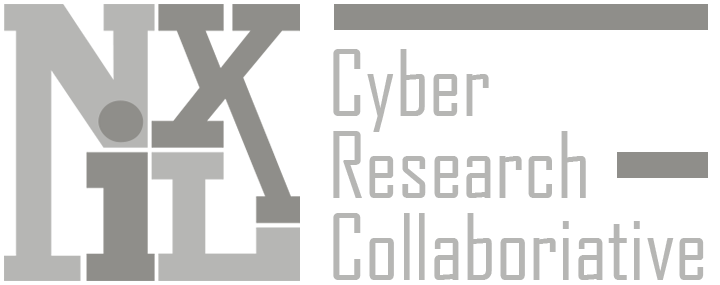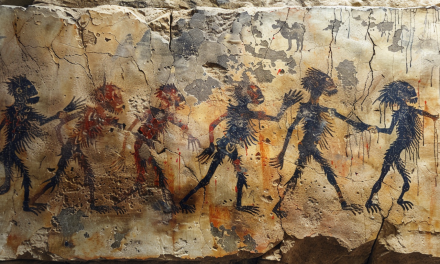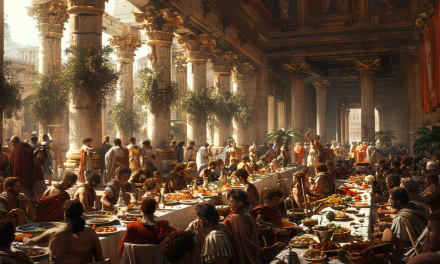Along with Easter eggs, the Easter bunny is one of the most recognizable symbols of the spring holiday. But how did this longeared character become so inextricably linked to a celebration of Easter? The origins of the Easter bunny can be traced back through history to pre-Christian fertility rituals.
Pagan Roots
Many cultures around the world, including ancient Greeks, Egyptians and Aztecs, celebrated spring fertility rituals centered around prolific procreation. These springtime festivities often involved animals that represented fertility, such as rabbits and hares. The hare and rabbit’s proclivity for rapid reproduction made them a natural symbol of new life during spring’s fertility celebrations after a long winter.
In Germanic pagan traditions, rabbits and eggs were closely associated with Ostara, the Germanic goddess of fertility. Rabbits were honored as the most fertile creature on Earth. Ostara’s pagan celebration eventually merged with Christian traditions and the Easter Sunday celebration of Christ’s resurrection.
The Easter Bunny Emerges
By the 17th century, the concept of an egg-giving hare or “Oschter Haws” became widely celebrated in German Protestant regions. Pennsylvania Dutch settlers brought these Ostara-influenced traditions with them when they emigrated to America in the 1700s.
Over time, the delivery system of Easter eggs morphed from rabbits building nests to actually laying eggs as a symbol. Eventually, the character evolved into the iconic Easter Bunny that could conceal eggs for children’s egg hunts. By the 19th century, whimsical folklore stories of anthropomorphized rabbit characters like the Easter Bunny became widespread in print.
Modern Easter Bunny Traditions
Today, depictions of the Easter Bunny in popular culture vary from a simple bunny to humanoid rabbits dressed in colorful attire and carrying baskets of eggs and treats. Their mythological duties include secretly hiding eggs in gardens, houses or other locations for children to discover on Easter morning as part of the holiday’s traditions.
Encountering the famous Easter Bunny during festivities through mall visits or local events has become a childhood rite of passage commemorated in family photos across generations. So while the origins stretch back through centuries-old fertility rituals, the Easter Bunny remains an endearing and enduring symbol of spring’s renewal, rebirth and hopefulness each year.





